Coffee Tins vs Bags: Which Preserves Freshness Best for Roasters?
Which packaging truly preserves the aroma, flavor, and freshness of roasted coffee beans: coffee tins or coffee bags? This simple question involves several technical trade-offs. The coffee’s chemical composition, supply chain, brand positioning, and whether it’s for high-end retail or wholesale all determine the correct answer. Every coffee bean roaster should evaluate packaging based on three key criteria: its effectiveness in protecting against oxygen, moisture, and light; its ability to manage CO2 release immediately after roasting; and its support for consumer behavior.
Barrier Properties of Coffee Tins
When it comes to protecting ingredients, coffee tins and coffee bags differ fundamentally. Coffee tin offers a nearly perfect barrier to oxygen, moisture, and light. The impermeable metal shell blocks UV and visible light from penetrating, and when the lid seals correctly, it limits gas diffusion to negligible levels. Most retail coffee bags, on the other hand, utilize multilayer composite films, which, while offering excellent initial barrier properties, are not as robust as metal bags under mechanical stress.
During the roasting process, freshly roasted coffee releases carbon dioxide over days to weeks. This intense degassing increases headspace pressure, accelerating oxidation if oxygen ingress occurs. Packaging bags typically address this issue with one-way valves and barrier laminates. However, coffee tins trap carbon dioxide because they are rigid and initially sealed. Unless the cans have pressure relief vents or the roaster thoroughly degasses the beans before canning, the trapped CO2 can cause expansion, compromised seals, and even cracked lids.
Improving Freshness, Shelf Life, and Sensory Performance for Coffee Beans
From a roaster’s perspective, the ultimate metric is sensory: does the roasted flavor experience the consumer expects? Numerous controlled studies and field experience have shown that limiting oxygen exposure and controlling humidity are the most critical drivers of perceived freshness. Properly treated custom coffee tins, thanks to the nearly impermeable nature of metal, reliably maintain low oxygen exposure. If coffee cans are filled behind an appropriate venting window and sealed with an induction liner or press-fit gasket, their shelf life, in terms of aroma retention, is typically extended by weeks to months compared to standard bagged coffee under the same storage conditions.
After opening, bagged coffee often exhibits a slightly better “fresh roast” aroma upon initial smell, as the valve retains the concentration of gases and volatiles in the internal headspace. However, once opened, most coffee bags require consumers to reseal them. Therefore, coffee cans with sturdy lids generally offer better resealability for consumers.
Production and Supply Chain Advantages of Coffee Tins
The workflows of different coffee machine sizes vary significantly, and roasters must adapt to their factory processes. Coffee bags are typically filled by continuous or batch bagging machines with integrated valve installation and nitrogen flushing. This also requires laminate sourcing, printed roll inventory management, and quality control of valve bonding and zipper sealing. For roasters focused on high SKU diversity and short production runs, coffee bags offer flexibility and lower tooling costs.
Coffee tins require different capital and process requirements. Filling coffee tins typically involves placing coffee bags into tins or filling directly with a volumetric or gravimetric filler, including venting windows and additional sealing steps. Tin can processing, especially for custom can sizes or finishes, can result in longer lead times and higher upfront tooling costs. Therefore, bulk orders and wholesale coffee tins are more suitable for large-scale production. From a supply chain perspective, custom coffee cans also require coordination with the coffee can manufacturer. Lead times are typically 4 to 12 weeks, depending on the decoration (offset printing, varnishing, embossing), surface finish (matte, smooth touch), and minimum order quantity, making them more suitable for large-scale roasters.
The Different Influences of Brand, Retail Perception, and Merchandising
Packaging is a key branding tool. Coffee tins can convey a premium quality. Their weight, tactile metallic finish, embossing, and long-term reusability convey quality and sustainability to many consumers. Meanwhile, coffee tins, as durable retail items, perform well in the gift category, particularly in the US and UK, where aesthetics are valued for high-end homewares.
Customized metal embellishments enable high-fidelity artistic and special printing effects, allowing coffee tin manufacturers to produce limited editions that attract collectors. While custom coffee tins cost more than coffee bags, brands that value the tactile appeal and higher unit profits can justify using custom cans. Bags offer flexible printing, faster changeovers, and lower unit inventory costs, enabling roasters to experiment with small, seasonal production runs. While retailers in regions like Malaysia, the US, and the UK are eager for both tins, some specialty coffee shops and boutiques often prefer limited-run can packaging. In contrast, supermarkets and convenience stores prefer bags.
Cost, Sustainability, and Manufacturing Considerations
The unit cost of wholesale coffee tins is higher than that of bulk bags, influenced by metal prices, printing complexity, die amortization, and shipping weight. For small-batch production, the per-unit cost of cans can be several times higher than that of bags. However, due to their improved sealing and physical protection, coffee cans can command higher shelf prices and lower product-level returns. From a sustainability perspective, this comparison is nuanced.
Coffee bags are often laminated from multiple materials, which can make them lighter and use less energy per unit, but they usually end up as mixed plastic waste. In contrast, coffee tins are widely recycled in many markets, with strong closed-loop recycling systems in the UK and Europe. In the US, recycling rates vary by region, but metal remains one of the most recyclable packaging materials. Furthermore, working with a reputable coffee tin manufacturer ensures that the lining meets food-grade standards, passes migration testing, and complies with local food contact regulations.
Determine the final packaging method based on the intended use.
Which method best preserves coffee beans? The honest answer is: it depends. If you can control outgassing and accept the higher unit cost, coffee tins offer superior barrier and resealability, creating a premium retail experience. Coffee tins are a popular choice for premium single-origin batches, gift packaging, export shipments with long shipping times, and roasters seeking lasting brand exposure. In contrast, coffee bags offer operational flexibility and lower upfront investment, making them ideal for high-turnover SKUs and micro-batch retail channels.

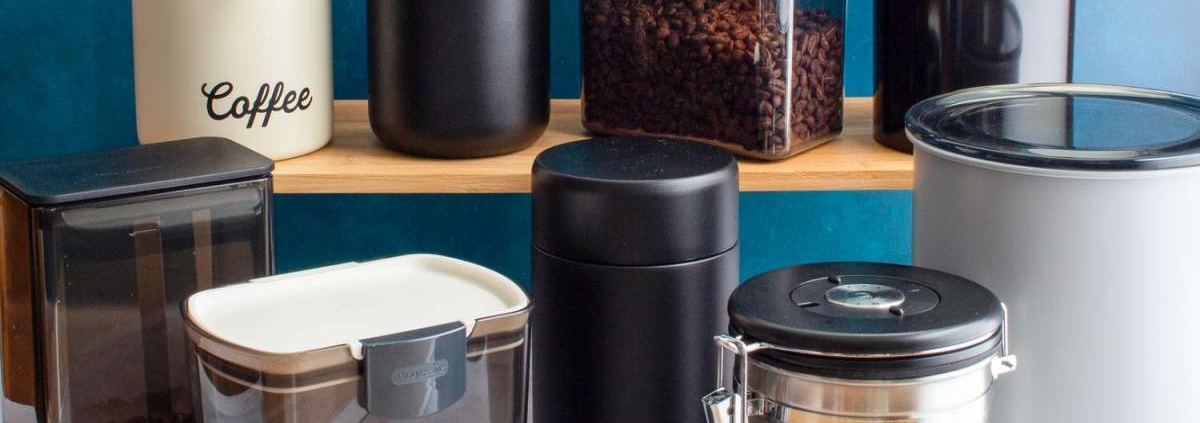
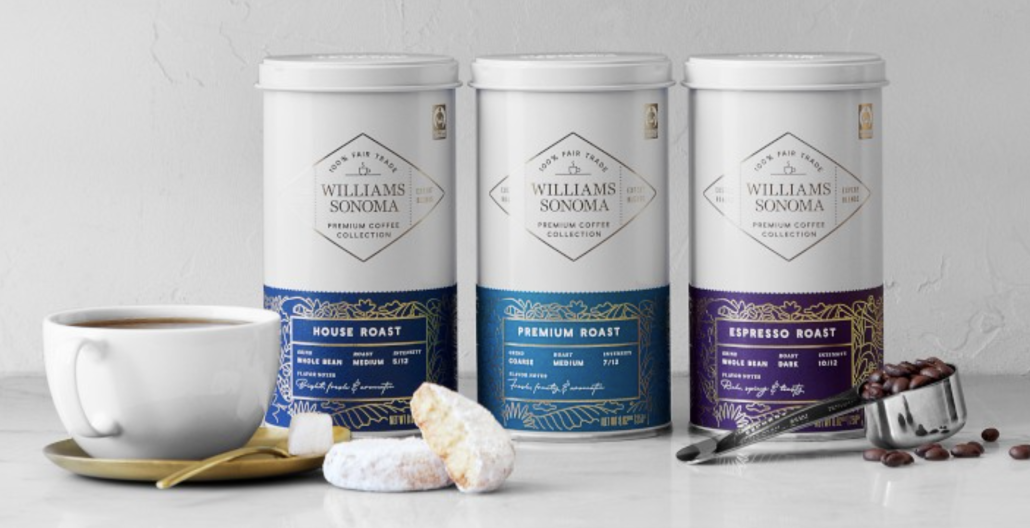
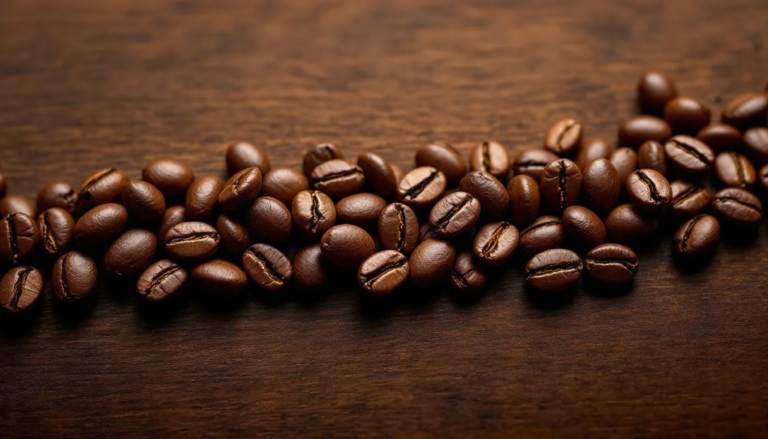
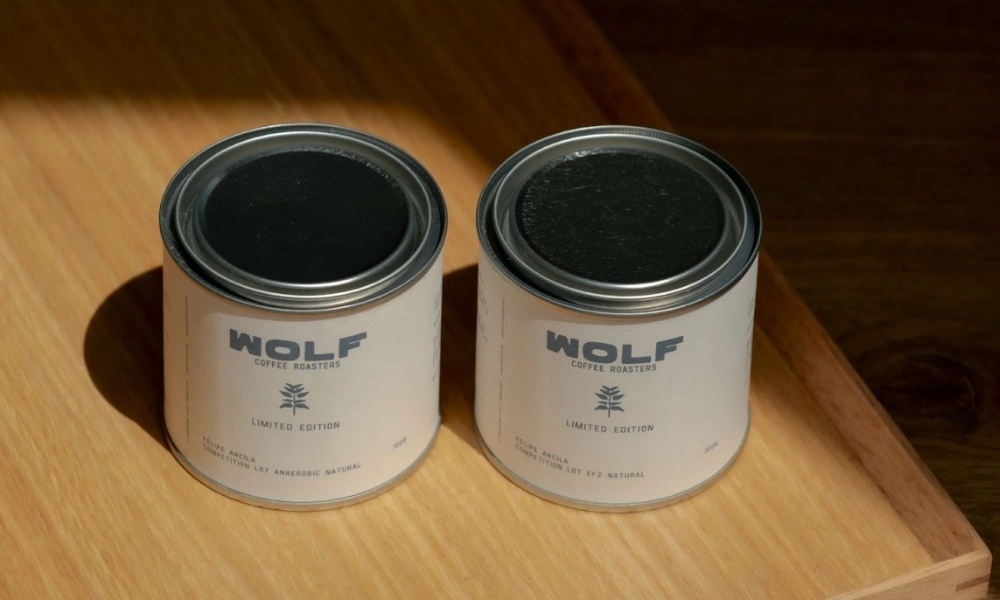
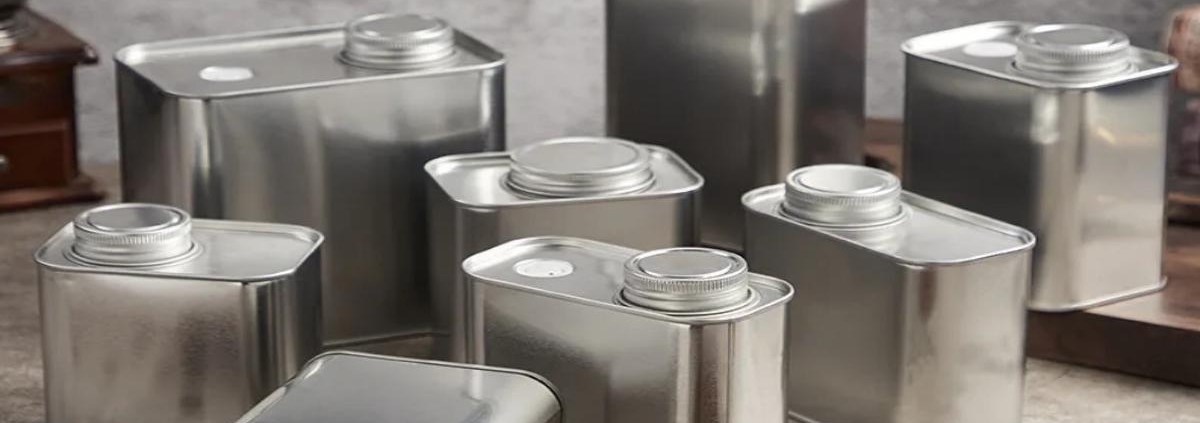
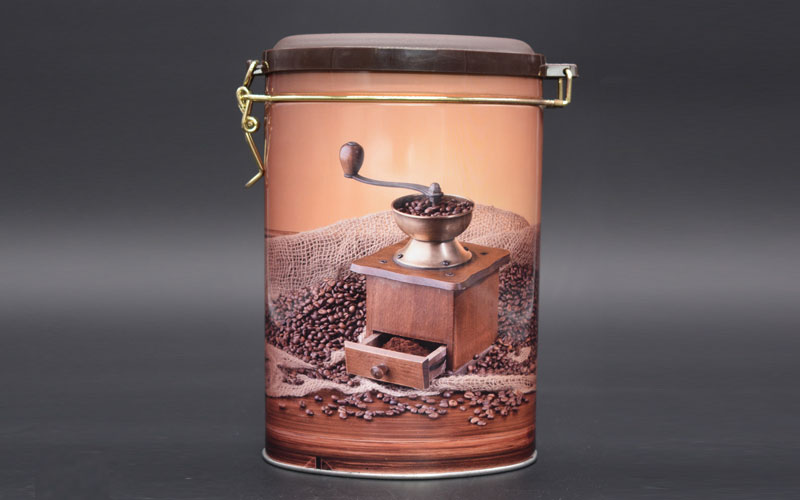
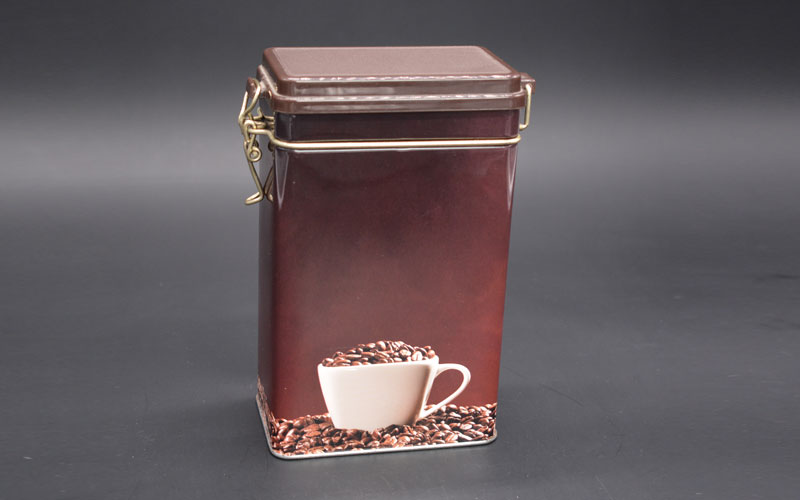

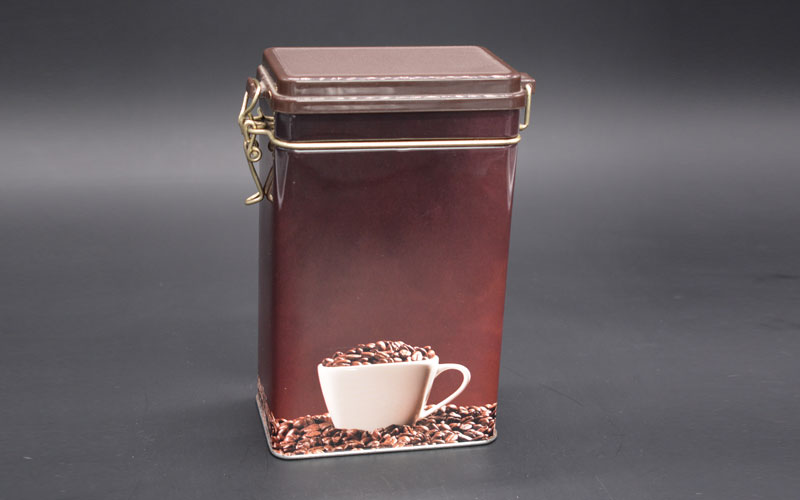
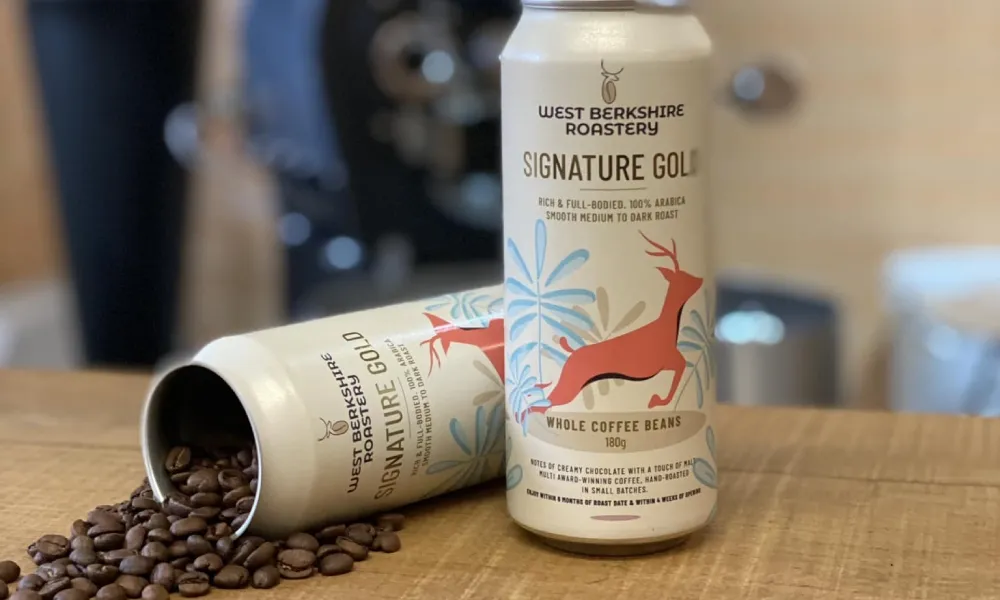
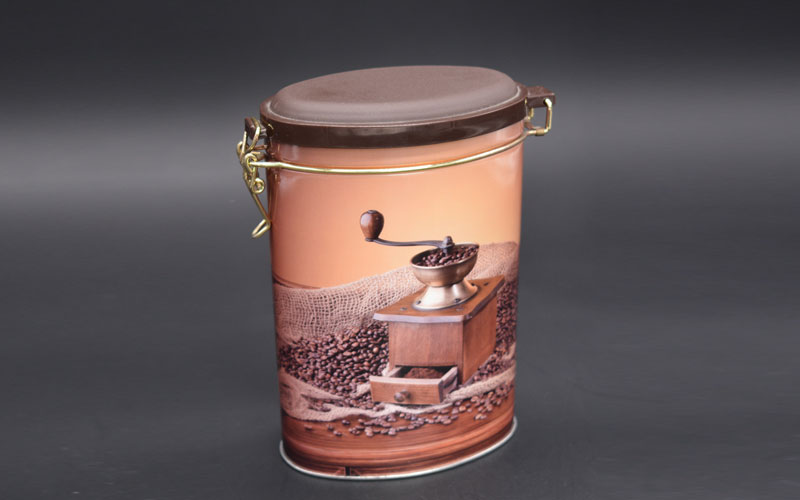





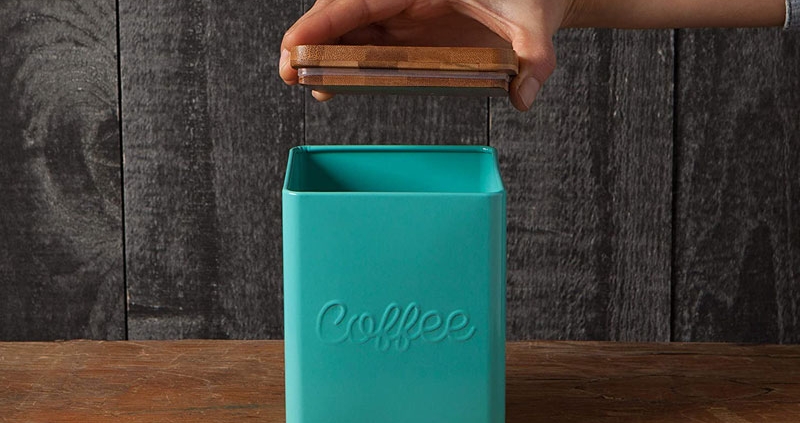
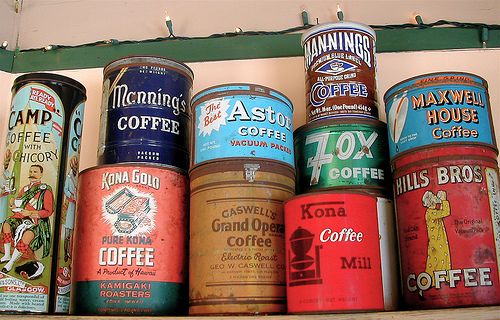

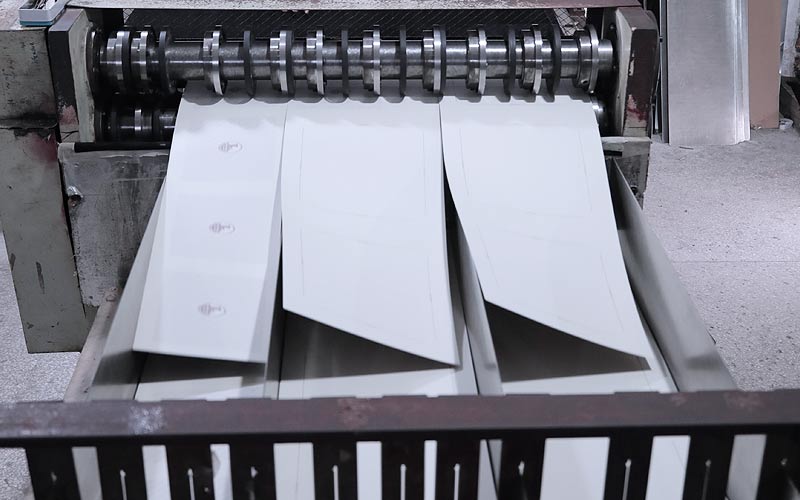

 Facebook
Facebook Twitter
Twitter Linkedin
Linkedin